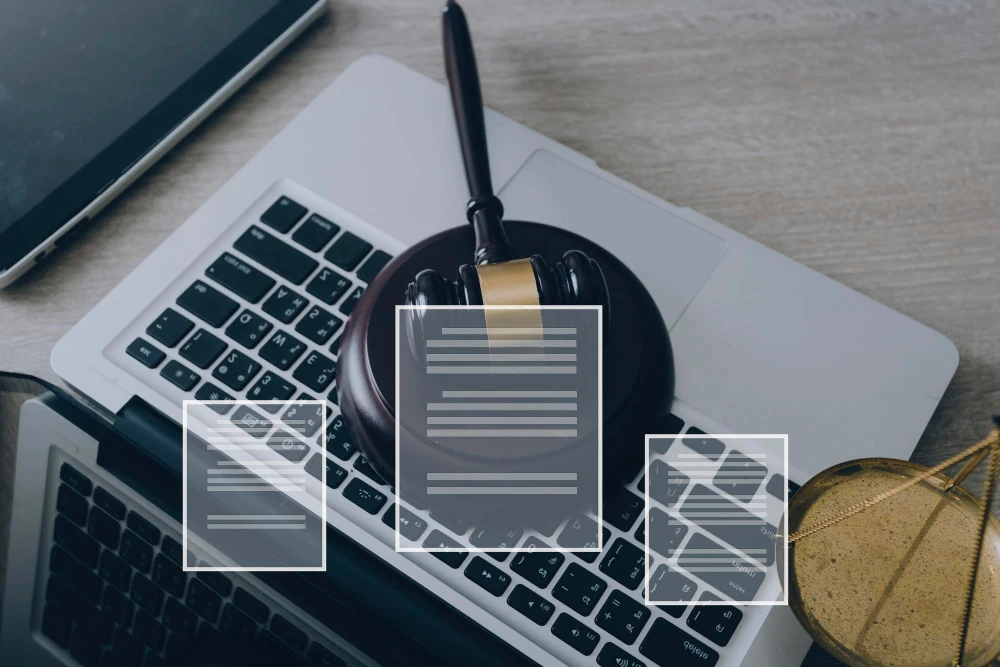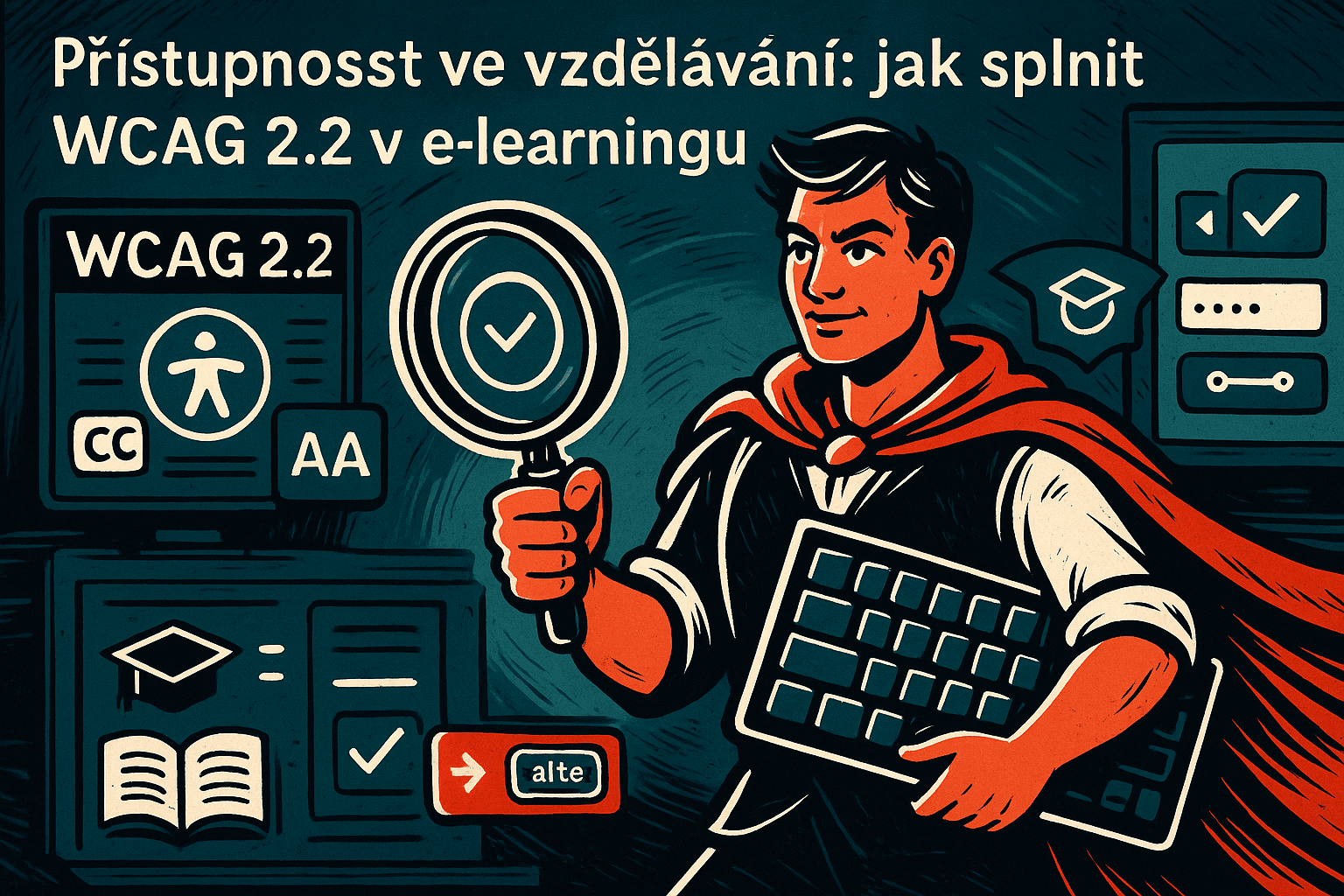Are you using legal content in your e-learning? What to watch out for under copyright law
If you like a particular image, text, or video and are unsure whether you can use it, it is best to contact the author and ask for permission. In many cases, the author will accommodate you or offer a paid license.
Creating e-learning content is not just about design and technology. The legal aspects are just as important. Illegal use of content can have unpleasant consequences that can damage your brand and business relationships.
If you want your e-learning to be professional not only in terms of visuals and didactics, but also in terms of legal aspects, think about copyright when planning your content. Creating your own content or using legally licensed sources will allow you to develop your online education peacefully and safely, without unnecessary risks.
Nowadays, e-learning is an integral part of corporate training. Creating online courses, instructional videos, presentations, and other materials has become common practice in both small and large organizations. However, this trend also comes with responsibility. Many companies, schools, and freelancers use copyrighted content in their courses, often without realizing it.
It is important to realize that just because something is "freely available" on the internet does not mean that it can be used freely. Images from Google, videos from YouTube, or even parts of texts from web articles may be protected by copyright, and using them without the original author's consent can have serious consequences.
What rules apply in the Czech Republic?
In the Czech Republic, the use of third-party content is governed by copyright law (Act No. 121/2000 Coll.). This law states that every work (e.g., text, image, photograph, video, music) has its author, who has the exclusive right to decide on its use. Without their consent, the content cannot be freely distributed, modified, or included in your own products, including e-learning courses. In some cases, the law allows for so-called "fair use," for example, in the context of teaching. However, these exceptions are very narrowly defined and, from the perspective of corporate e-learning, cannot usually be relied upon. For example, an exception to copyright law does not apply to internal employee training in a commercial company, because even "internal" training is considered use of the work from a legal perspective.
What are the consequences of copyright infringement?
Using someone else's content without permission can lead to a number of problems. It's not just about possible fines, which in extreme cases can reach hundreds of thousands of dollars. The consequences can also include the devaluation of your e-learning course, forced removal or reworking of content, and, last but not least, a loss of trust among clients, partners, or the public.
It is particularly risky if you plan to sell e-learning courses, lease them to other organizations, or use them as part of custom work. In such cases, copyright infringement may also be the subject of commercial disputes.
What about citations?
Many people believe that if they cite the author of someone else's text or image, they can use it freely—but that's not how it works. Citation is an exception to copyright law, which has its own set of rules.
According to Czech copyright law, it is possible to use an excerpt from a previously published work for the purposes of criticism, review, teaching, or scientific work without the author's permission, but only if the following conditions are met:
- The excerpt quoted must be appropriate in terms of scope and purpose. It is not possible to quote the entire work or its essential parts unless it is necessary.
- It must be clear that it is a quotation. It should be obvious that it is not your own work, but a borrowed excerpt.
- The author and source must be cited. It is not sufficient to write "source: internet" – the specific author and exact reference or title of the work must be cited.
Quotation is therefore possible, but its scope and purpose are limited. It definitely cannot be used as a tool for copying someone else's content into your own e-learning for free.
How to protect yourself and use content legally
The most reliable way is to create your own original content. For example, if you create your own texts, draw illustrations, or have animations created to order, you have the situation under control. In this case, the copyright belongs either directly to you, or the author grants you a license to use it within the agreed scope. Another option is to use content that is available with an open or purchased license. There are a number of libraries that offer so-called "royalty-free" materials—such as photographs, music, illustrations, and templates. You can legally download and use such content as long as you comply with the license terms (e.g., crediting the author, restrictions on use in commercial projects, etc.).
Sometimes it may be appropriate to use so-called open source or open content – i.e., content licensed under Creative Commons, for example. However, here too, it is necessary to read the license terms carefully – some types of licenses require attribution, while others prohibit commercial use or modification.






